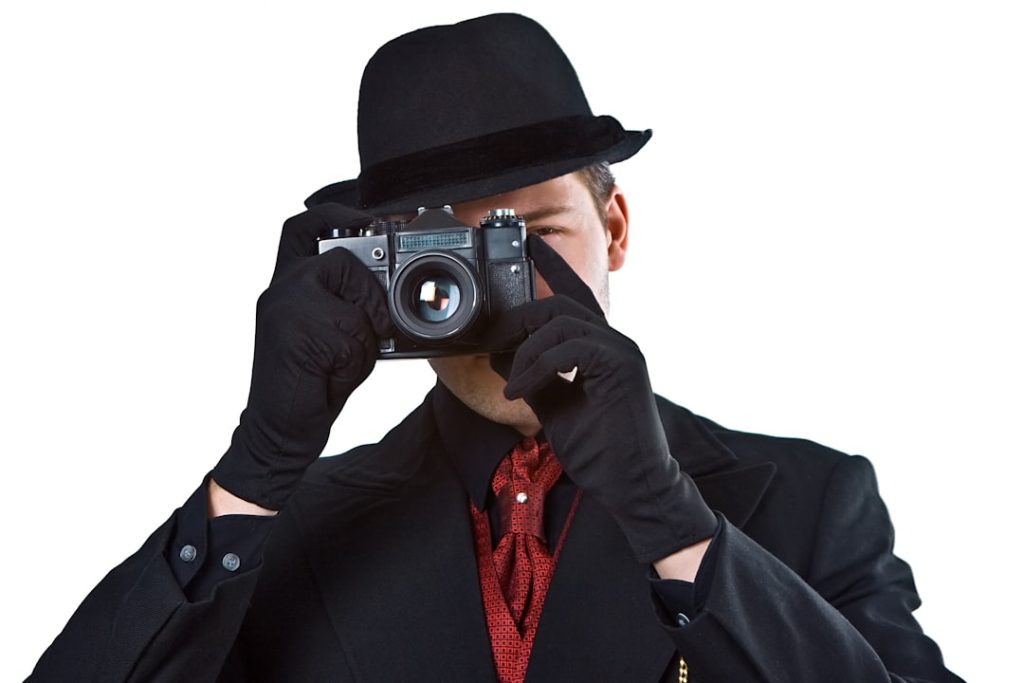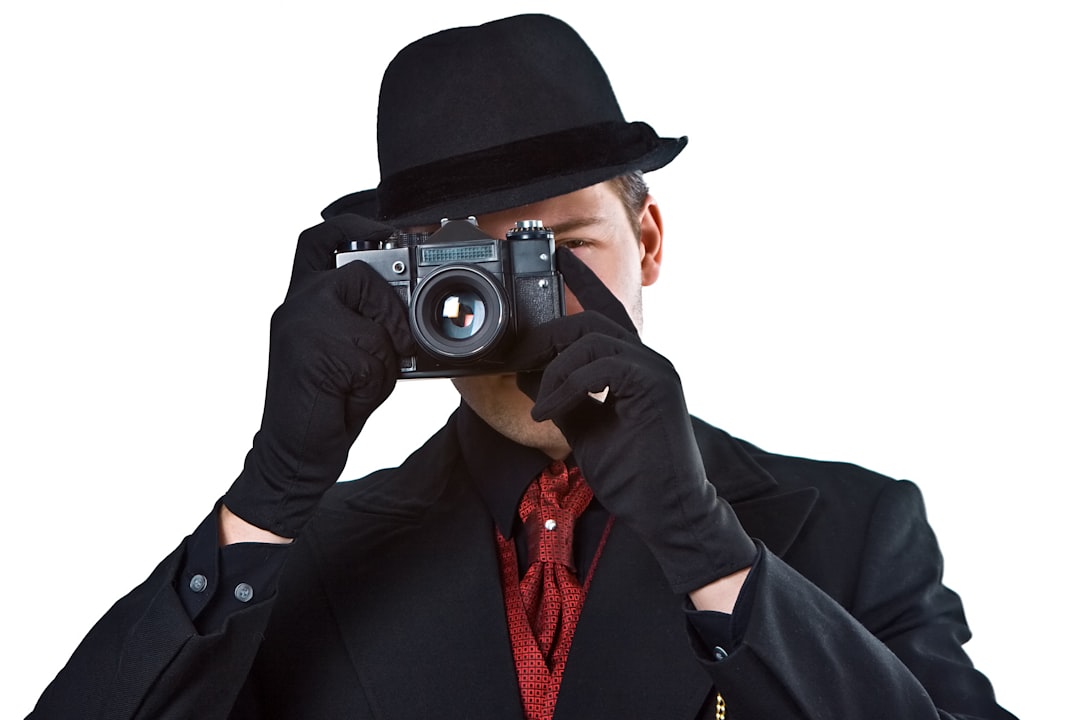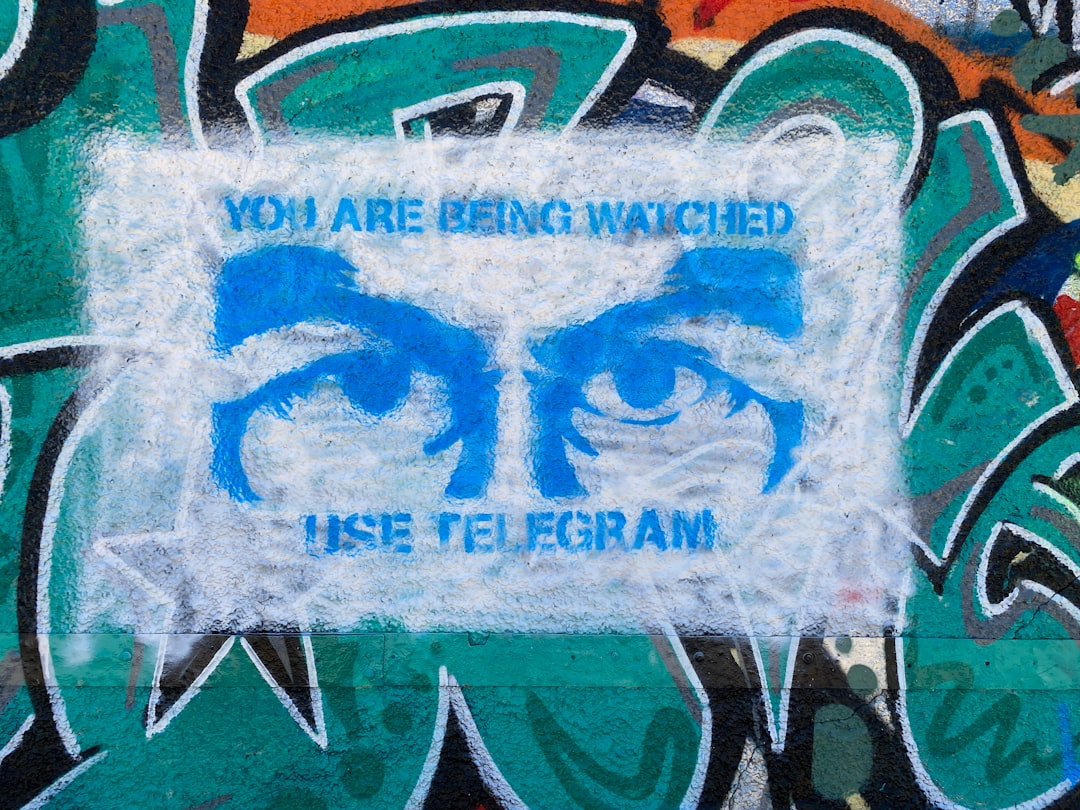Reverse Image: A Complete Guide to Finding Image Sources, Duplicates, and Look-Alikes

In a digital world driven by visual content, the ability to trace the origin and duplicates of an image has become increasingly vital. Reverse image search technology allows users to track where an image appears online, discover higher-quality versions, detect copyright infringements, or find visually similar photographs. Whether you’re a journalist, designer, marketer, or simply curious, understanding the tools and techniques behind reverse image search can help you make informed decisions and protect your digital work.
What is Reverse Image Search?
Reverse image search is a technique that allows you to search the internet using an image rather than keywords. Instead of typing a phrase into a search engine, you upload an image or paste its URL, and the reverse image search tool will retrieve visually similar images, as well as pages on which that image appears. This makes the process of verifying content authenticity faster and more reliable.
Why Use Reverse Image Search?
There are several practical use cases for reverse image search:
- Verifying authenticity: Journalists and researchers can confirm whether an image has been manipulated or misrepresented in a different context.
- Finding original sources: Locate the first or most authoritative instance of an image with attributions, which is essential for crediting work properly.
- Detecting duplicates: Discover if someone else has used your photography or illustration without permission.
- Shopping visually: Consumers can find products pictured in a photo and compare prices across multiple retailers.
- Discovering related content: Unearth similar photos or versions in different sizes and quality levels.
Top Tools for Reverse Image Search
There is a wide array of tools available to perform reverse image searches. Some are comprehensive while others are niche. Here are some of the most trusted and widely used options:
- Google Images
Google’s reverse image search is accessible via images.google.com. Click the camera icon to upload an image or paste its URL. Google will display similar images and web pages where the image appears. - Tineye
TinEye is a dedicated image search engine that specializes in tracing the origin of images. Unlike Google, TinEye focuses more on image metadata and exact matches, making it ideal for copyright purposes. - Bing Visual Search
Microsoft’s Bing also offers visual search capabilities. Accessible from the Bing homepage, this tool identifies not only duplicates but also different objects within the image. - Yandex Images
Russia’s search engine Yandex is surprisingly effective, especially for faces and scenes from Eastern Europe and Asia. It is known for its robust facial recognition and object matching. - Social Media Reverse Search Tools
Sites like Facebook and Instagram don’t support reverse image search directly. However, you can use third-party tools like Berify or Social Catfish to search across social platforms.
How to Perform a Reverse Image Search
Depending on the tool you choose, you can perform a reverse image search in a few simple steps:
- Upload an Image: Select or drag the image from your device onto the search field.
- Paste Image URL: If the image resides online, copy its URL and paste it into the tool’s search field.
- Use Browser Extensions: Many search engines offer plug-ins for Chrome or Firefox that enable right-click reverse searching.

Advanced Uses and Filtering Techniques
Image search technology isn’t limited to casual inquiries. Experts can utilize additional parameters to refine searches and improve the accuracy of results:
- Search by File Details: Use metadata like EXIF (Exchangeable Image File Format) information, if available, to determine date, camera model, or location.
- Segment Specific Areas: Some tools let you crop sections of an image to focus on a specific object or face.
- Language and Regional Filters: Narrow down your results by language or geographic domain to discover region-specific uses.
Limitations of Reverse Image Search
While reverse image search is powerful, it’s not without its limitations:
- Privacy Concerns: Searching for sensitive or personal images may lead to privacy breaches if the image appears in broader databases.
- Not All Platforms Are Indexed: Some sites restrict image indexing, meaning not all images will be retrievable through search engines.
- Visual Variations May Go Undetected: Heavily edited or cropped images may bypass similarity detection systems.
That said, emerging machine learning algorithms continuously improve image recognition and contextual matching, taking into account multiple visual factors like color palette, shapes, and space composition.
Legal and Ethical Considerations
Reverse image search can raise several legal and ethical concerns:
- Copyright Infringement: Using reverse search to download and redistribute work without permission can result in copyright lawsuits.
- Impersonation or Harassment: Misusing the technology to trace individuals can lead to stalking or online impersonation.
- Data Collection Ethics: Companies offering free reverse image searches may store image uploads for algorithm training or data analytics without explicit user consent.
This is why it’s critical to understand the terms of service and privacy policies of the tools being used. Always give credit to original creators and photographers whenever possible. Ethical use helps maintain a respectful and legally compliant digital environment for everyone.

Reverse Image in Professional Practices
In many professional domains, reverse image technology is embedded into workflows:
- Journalism: Reporters use it to verify photos and ascertain whether a photo genuinely represents the event it claims to portray.
- E-commerce: Sellers upload product images to identify competing listings or unauthorized reproductions.
- Photography and Art: Artists check if their portfolios are being shared without proper attribution.
- Online Dating: Users can research profile pictures to avoid catfishing scams by verifying the identity of suspicious accounts.
Tips for Getting the Best Results
To maximize the effectiveness of your reverse image search, follow these practical tips:
- Use High-Quality Images: The clearer the image, the better the matching outcome.
- Try Multiple Tools: Some search engines have better luck with certain images than others. Between Google, TinEye, and Yandex, diversifying tools improves odds.
- Search Using Variants: Perform separate searches with cropped versions or image adjustments to isolate specific elements.
The Future of Reverse Image Technology
With the integration of artificial intelligence and deep learning, the capabilities of reverse image search are rapidly expanding. Future enhancements will likely include:
- Real-Time Recognition: Instant visual search through augmented reality (AR) and mobile camera lenses.
- Better Contextual Mapping: Not just where an image is found, but how it’s being used — as a meme, ad, or editorial content.
- Facial Recognition Regulation: Pending legislation could curtail or standardize how facial data is matched and stored.
As these technologies grow, so does the responsibility to use them ethically. Still, for professionals and casual users alike, understanding how to reverse search images offers a significant advantage in a world where visual verification is more important than ever.
Conclusion
Reverse image search is no longer just a novelty; it’s a critical tool in identifying misinformation, protecting intellectual property, and improving transparency in content use. From journalists to casual users, mastering this technology can help safeguard truth and hold the digital world accountable. As visual content continues to dominate desktops and mobile screens alike, reverse image knowledge becomes not just useful — but essential.
